Review Horumon: The Soulful Taste of Japan’s Offal Cuisine
The Origins of Horumon – A Story of Ingenuity and Flavor
The term Horumon comes from the Kansai dialect word “horumon,” meaning “discarded goods,” referencing the internal organs once considered unusable. But through Japanese creativity and a deep respect for every part of the animal, these cuts were transformed into an extraordinary culinary art form. Horumon cuisine celebrates sustainability, flavor diversity, and a nose-to-tail philosophy that resonates with Japan’s deep-rooted culinary ethics.
Historical Roots of Horumon Cuisine
Horumon emerged during Japan’s post-war era, when resources were limited, and people sought innovative ways to make use of every part of livestock. This necessity gave birth to a new dining experience that transformed offal into a flavorful delicacy. Yoshida Hotel highlights how the Horumon tradition reflects the resilience and creativity of Japanese cooking, turning simplicity into sophistication.
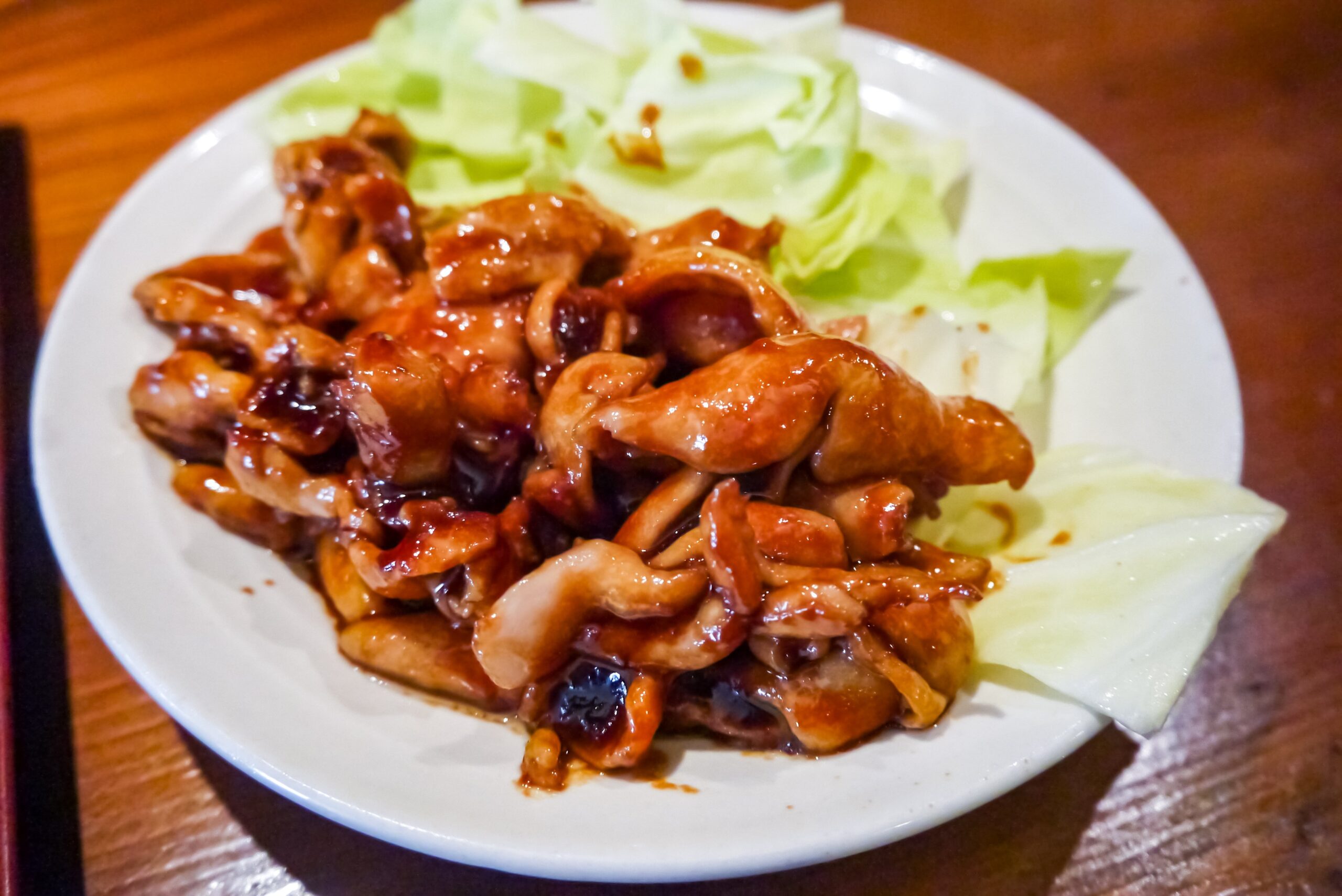
Evolution into a Culinary Icon
Over time, Horumon evolved from humble street-side grills into a signature item in high-end Yakiniku restaurants. Chefs began experimenting with textures, marinades, and grilling techniques, enhancing the flavor and elevating Horumon into a respected symbol of Japanese barbecue artistry. Today, it’s a must-try dish for adventurous travelers eager to taste authentic local cuisine.
The Unique Flavor and Texture of Horumon – A Feast for the Senses
Horumon is defined by its incredible variety of textures and rich umami depth. Each cut delivers a different sensory experience, from chewy and juicy to crispy and melt-in-your-mouth.
Exploring Popular Types of Horumon
- Shiro (Small Intestine): Rich and fatty, with a creamy flavor that melts beautifully when grilled.
- Mino (Tripe): Crunchy and slightly chewy, known for its refreshing texture.
- Hatsu (Heart): Lean and flavorful, offering a deep, savory taste.
- Liver (Reba): Smooth and aromatic, rich in nutrients and flavor.
- Tetchan (Large Intestine): Fatty and juicy, producing a smoky aroma that captivates the senses.
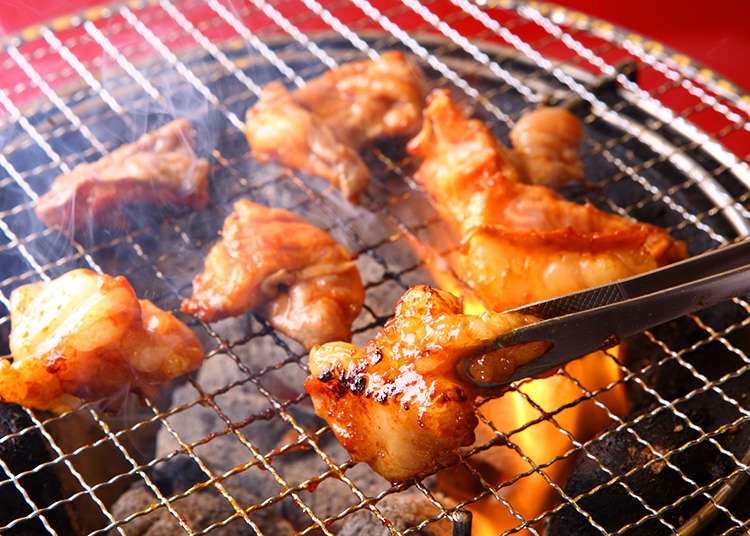
Each type of Horumon showcases the Japanese dedication to variety, balance, and the pursuit of perfect taste.
The Art of Grilling Horumon – Mastering Fire and Flavor
Cooking Horumon requires precision and patience. It’s more than grilling—it’s a ritual that celebrates fire, smoke, and the transformation of raw ingredients into culinary delight.
Techniques for Perfect Horumon
Chefs often marinate Horumon in soy sauce, miso, garlic, and sesame oil to tenderize and enhance flavor. Grilling is done over charcoal to impart a deep, smoky aroma. The key is timing—overcooking can toughen the texture, while perfect grilling brings out a balance of crispness and tenderness.

The Role of Charcoal and Smoke
Traditional Japanese restaurants use binchotan charcoal, famous for its clean burn and steady heat. The gentle smoke infuses the Horumon with subtle depth, enriching its umami profile without overpowering its natural flavor.
Horumon Dining Experience – Where Tradition Meets Community
Eating Horumon is a social experience that embodies Japan’s communal dining culture. The sizzling sound of meat on the grill, the rising smoke, and the shared laughter create a warm and welcoming atmosphere.
Atmosphere and Setting
Horumon is often enjoyed at izakayas (Japanese pubs) or Yakiniku restaurants, where guests grill their own meat at the table. These spaces are lively and intimate, filled with the comforting aroma of grilled offal and the joyful energy of diners.
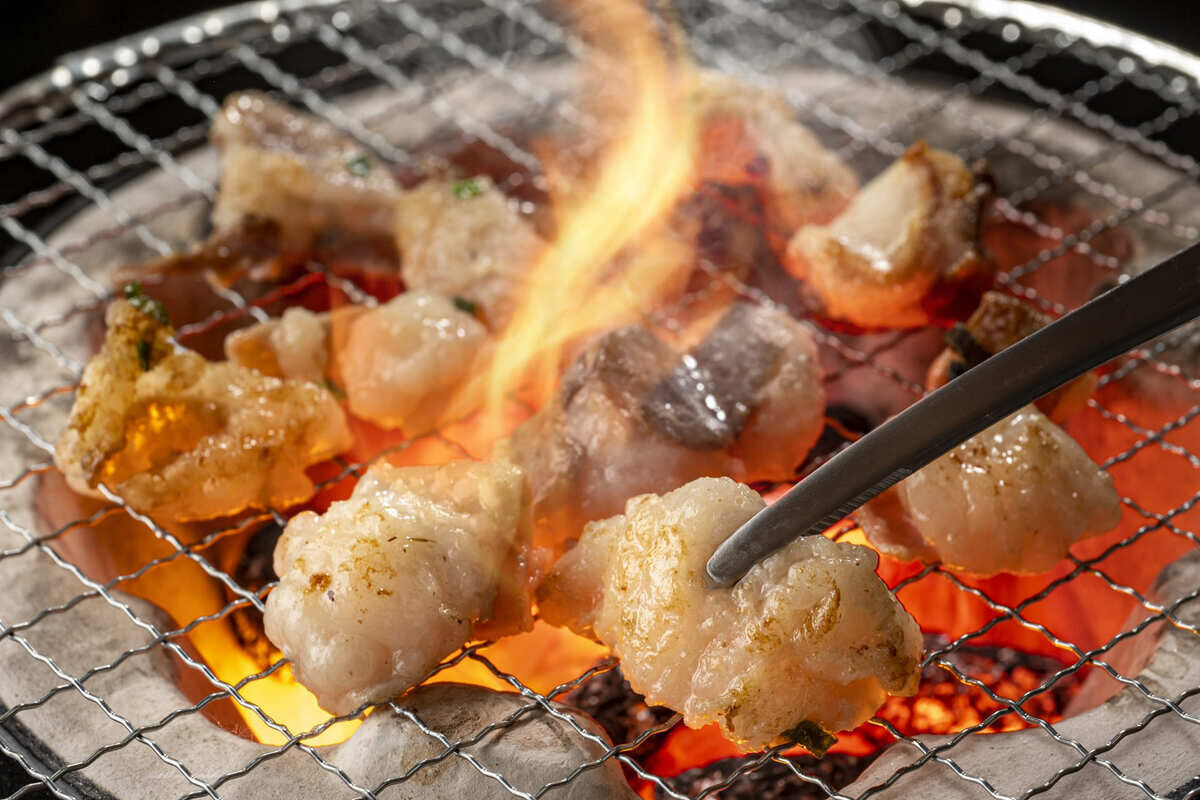
The Essence of Omotenashi
In Horumon dining, the spirit of omotenashi—Japanese hospitality—shines through. Staff members provide guidance on how to grill each cut perfectly, ensuring an enjoyable experience for everyone, from first-timers to seasoned enthusiasts.
Sauces and Seasonings – Unlocking the Deep Flavors of Horumon
Horumon’s flavor can be enhanced by dipping sauces and condiments that balance its rich taste with freshness and zest.
Classic Tare Sauce
A blend of soy sauce, mirin, garlic, and sesame oil forms the foundation of the iconic tare sauce. Each restaurant may have its own secret recipe, offering unique variations that define their culinary identity.
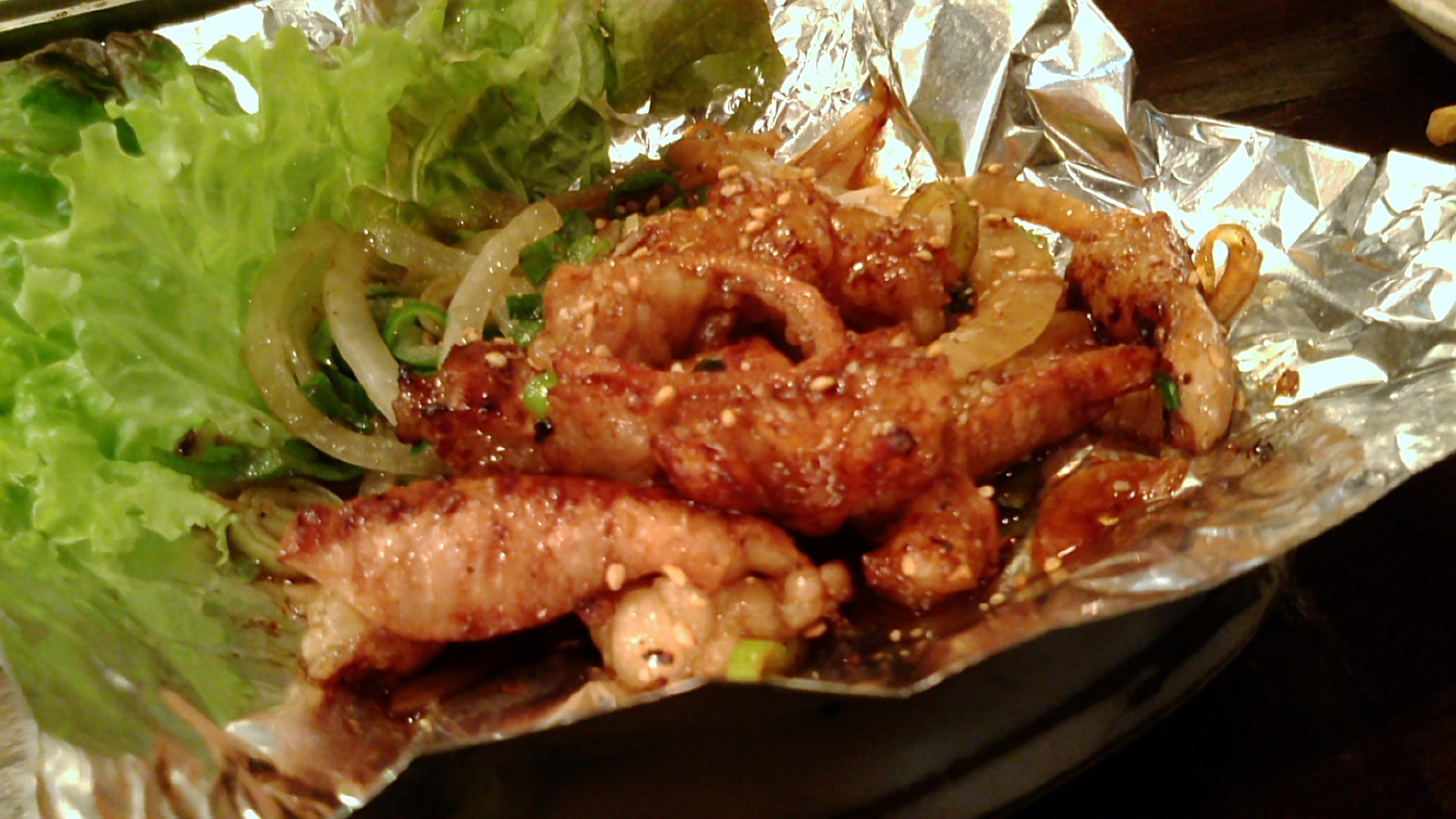
Miso and Garlic Marinades
Miso-based marinades infuse the meat with savory sweetness, while garlic adds depth and aroma. The combination creates an irresistible umami profile that keeps diners coming back for more.
Citrus and Spices
To cut through the richness, condiments like grated daikon, lemon, or shichimi togarashi (seven-spice blend) bring brightness and contrast to every bite.
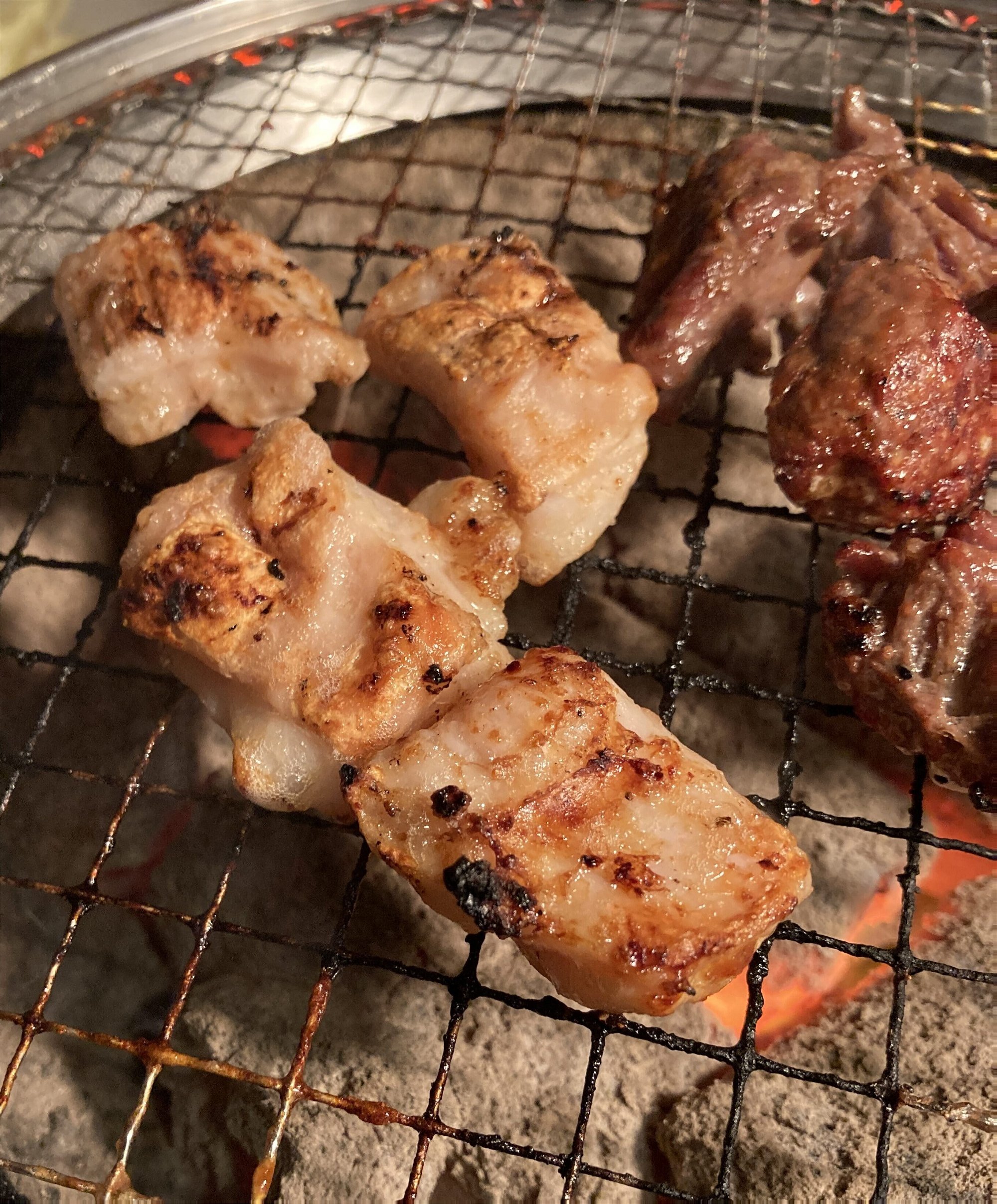
Nutritional Value and Health Benefits of Horumon
While Horumon is indulgent in flavor, it also offers surprising nutritional benefits. Rich in protein, iron, and essential vitamins, it provides energy and supports overall health when consumed in moderation.
Protein and Collagen
Horumon cuts are high in collagen, which supports healthy skin and joints. The protein content aids muscle repair and strength, making it a wholesome choice for active individuals.
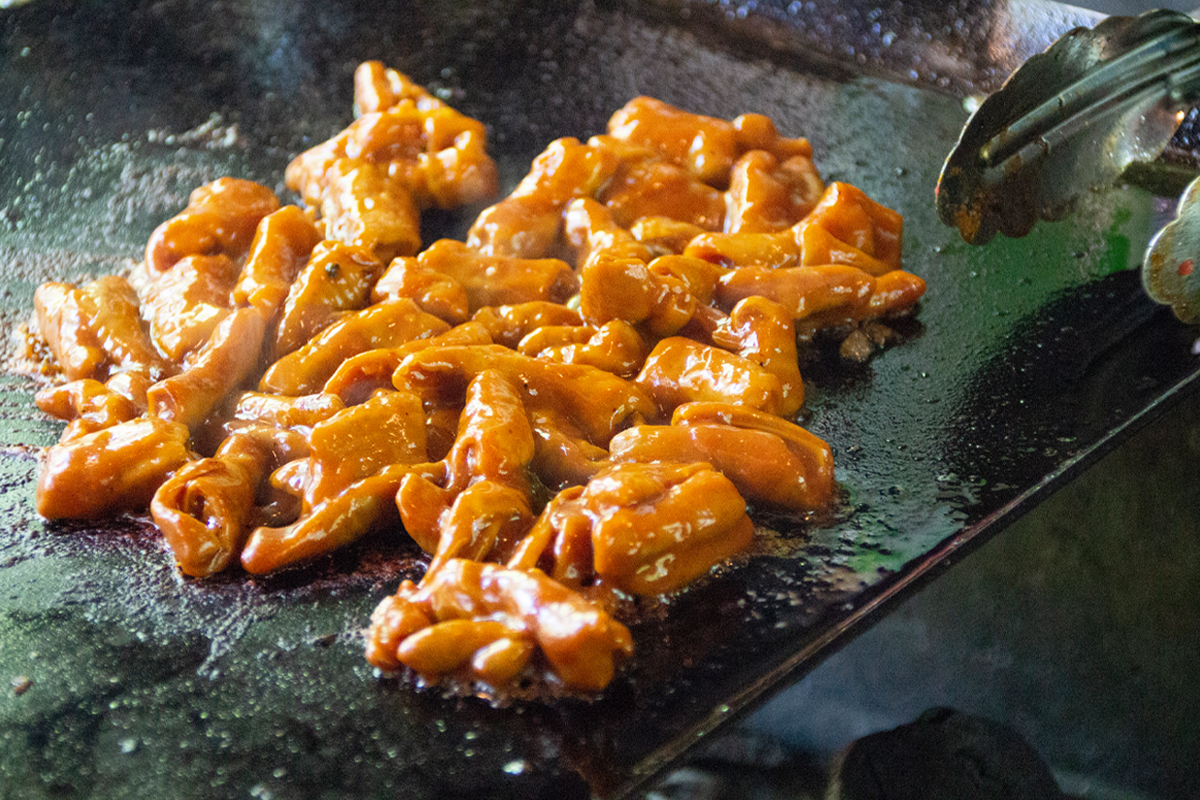
Low Waste, High Value Cuisine
The philosophy behind Horumon aligns with sustainable dining practices, reducing food waste by utilizing every part of the animal. Yoshida Hotel notes that this approach reflects Japan’s commitment to mindful consumption and respect for nature.
Regional Horumon Specialties Across Japan
Osaka – The Heart of Horumon Culture
Osaka, known for its bold flavors, is considered the birthplace of modern Horumon cuisine. Street vendors and traditional eateries serve it sizzling hot, capturing the city’s energetic spirit.
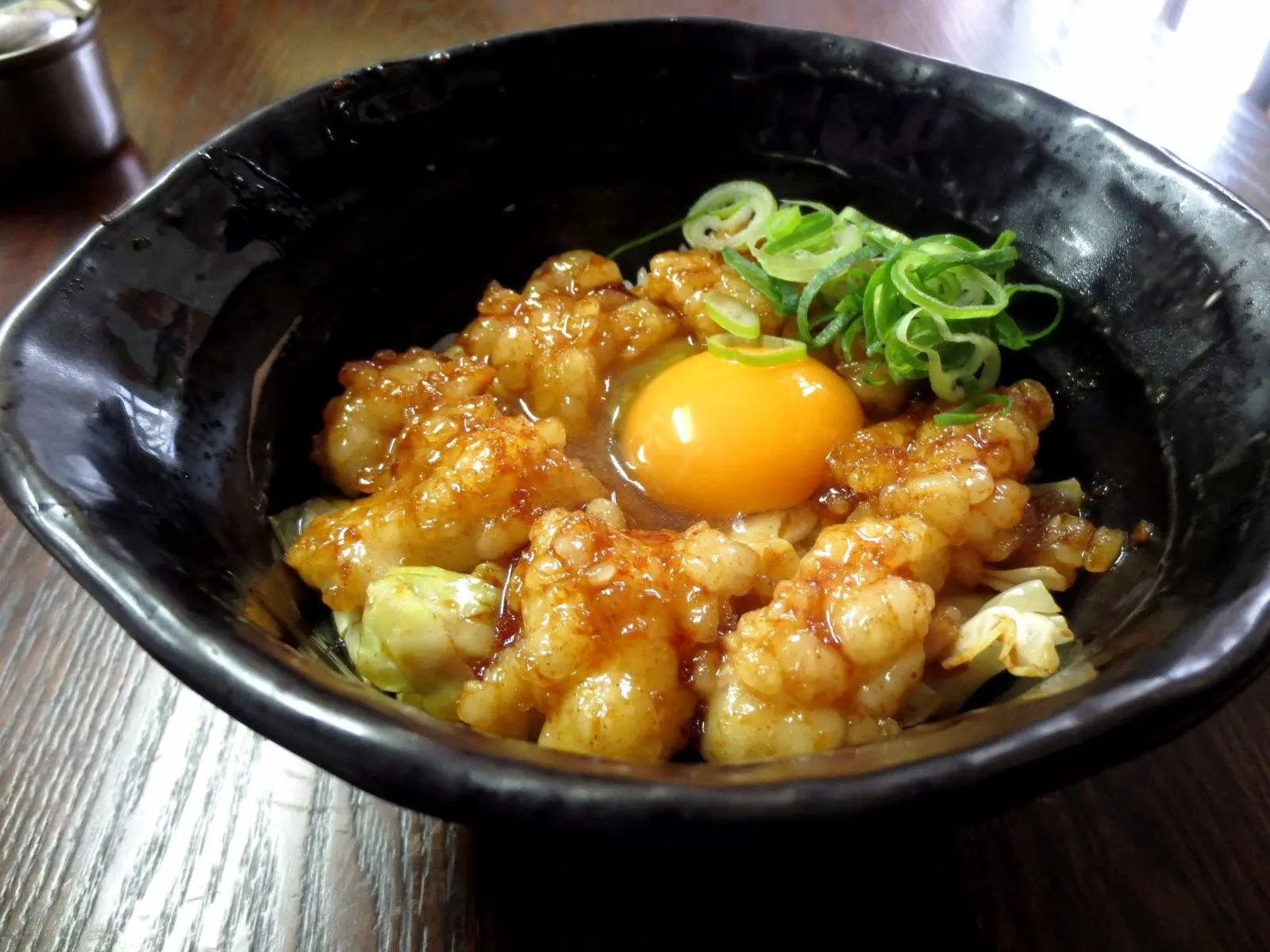
Kyoto – Refined and Balanced
In Kyoto, Horumon is elevated through delicate marinades and artistic presentation, blending elegance with rustic flavor.
Fukuoka – Rich and Savory
Fukuoka’s version of Horumon, often used in nabe (hot pot), is hearty and flavorful, offering comfort during the colder months.

Tokyo – Modern Interpretations
Tokyo’s high-end restaurants reimagine Horumon with creative twists, pairing it with fine wines and contemporary plating, appealing to gourmet travelers.
Horumon in Japanese Festivals and Pop Culture
Horumon isn’t just food—it’s a cultural symbol. At festivals across Japan, food stalls serve grilled offal skewers that attract both locals and tourists. It represents togetherness, joy, and the authentic taste of Japanese street cuisine.
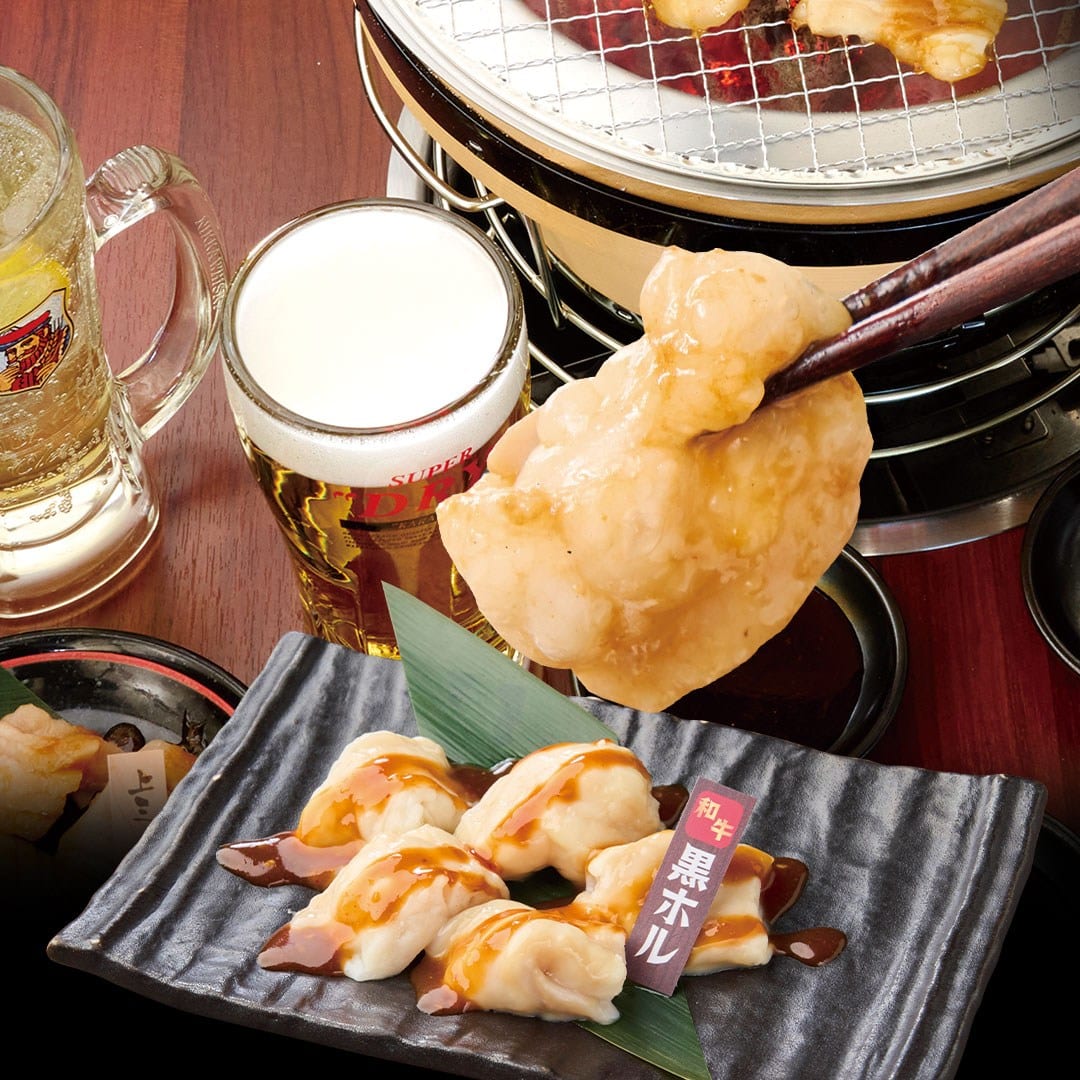
Horumon in Media and Entertainment
Japanese TV shows and food documentaries often highlight Horumon as an emblem of culinary nostalgia. It’s celebrated as a food that connects generations and evokes memories of warmth and family.
Pairing Drinks with Horumon – Enhancing the Flavor Journey
Beer – The Perfect Companion
Light Japanese beers like Sapporo or Asahi cut through the richness of grilled Horumon, refreshing the palate with each sip.
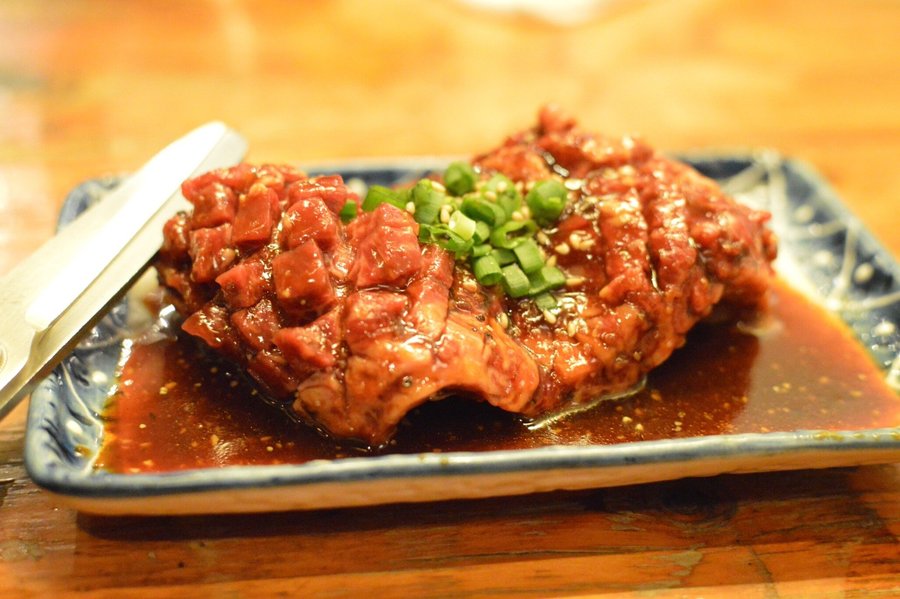
Sake and Shochu
Sake complements the deep umami of Horumon, while shochu, a distilled Japanese spirit, offers a crisp finish that enhances the dish’s smoky notes.
Modern Pairings
Contemporary restaurants pair Horumon with wine or cocktails, bridging tradition and modern gastronomy for global diners.
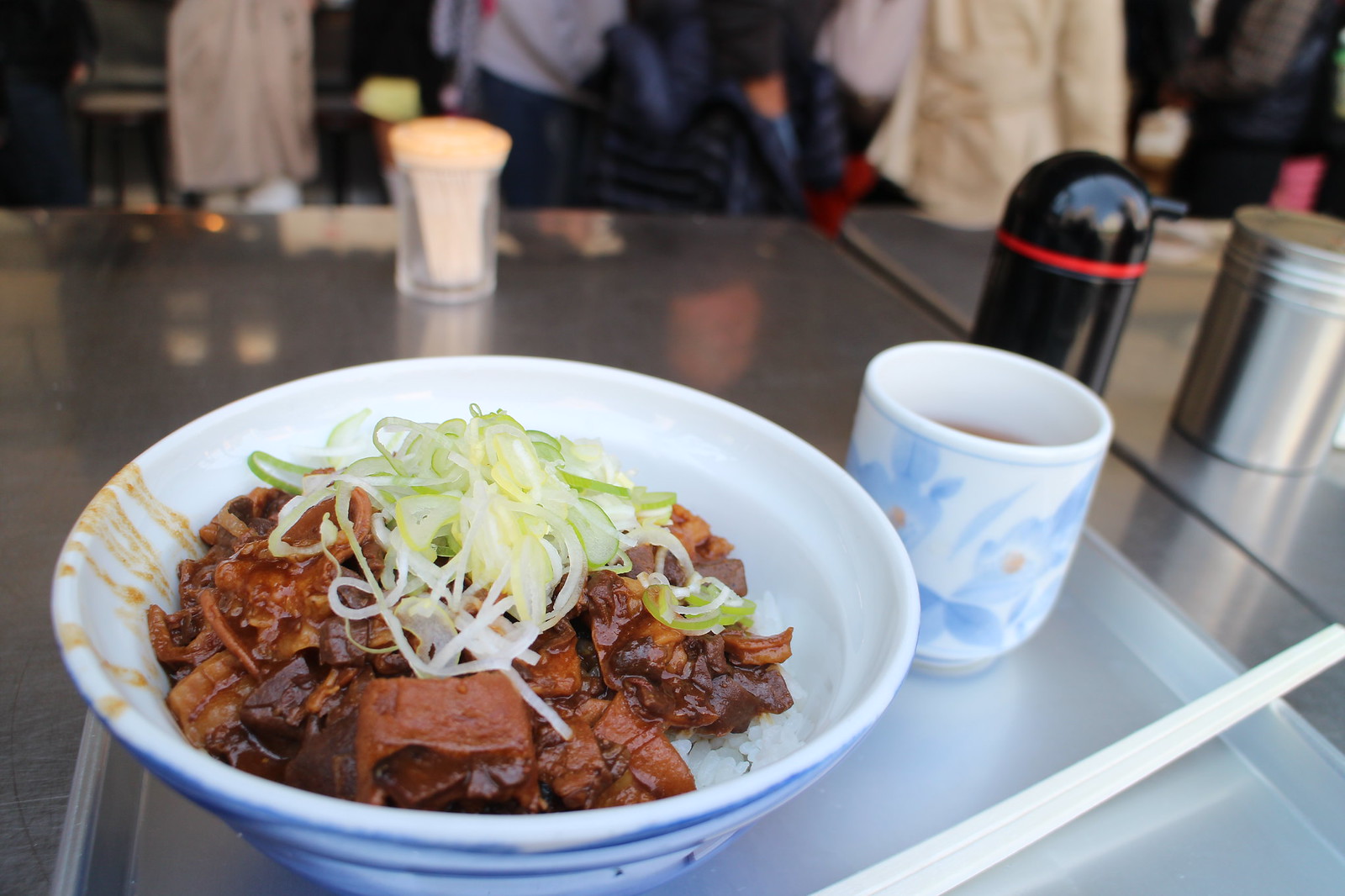
Experiencing Horumon with Yoshida Hotel – A Culinary Adventure Awaits
Yoshida Hotel invites food lovers to explore the world of Horumon through curated dining experiences across Japan. From hidden Kyoto alleys to vibrant Osaka food markets, every meal reveals the artistry and emotion behind this time-honored dish. Travelers can immerse themselves in local eateries, learning to appreciate Horumon not only as food but as a story of resilience, culture, and flavor.
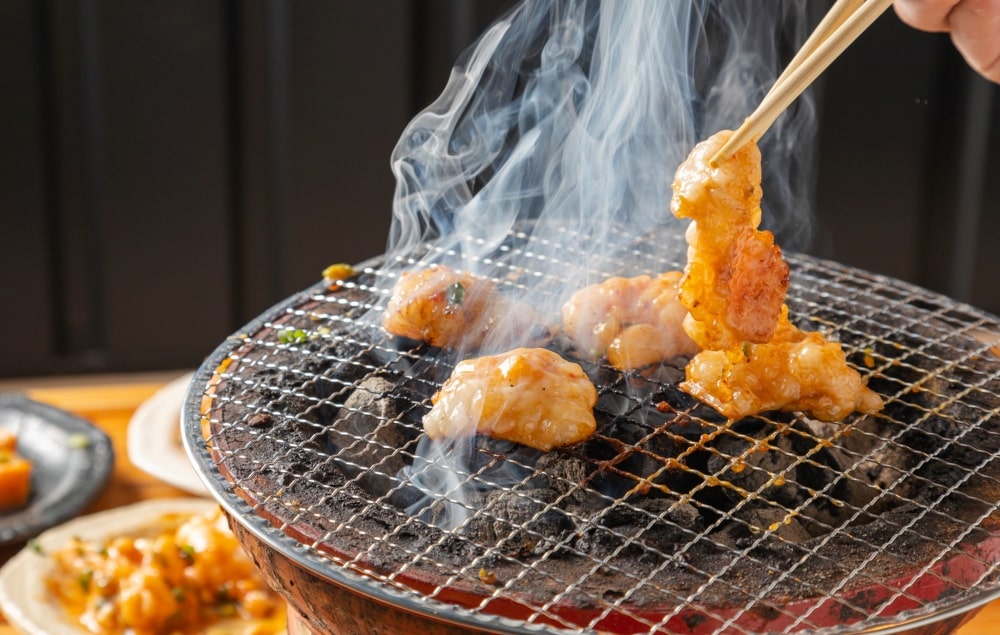
Conclusion
Horumon stands as a symbol of Japanese ingenuity and culinary heritage, turning simplicity into sophistication through flavor, texture, and tradition. With Yoshida Hotel as your guide, this exploration uncovers the heart of Japan’s offal cuisine—where every bite tells a story of culture, creativity, and connection. To taste Horumon is to experience Japan’s enduring spirit, one sizzling grill at a time.
Details
Namistay chain hotel
- 61-63 Hoang Ke Viem, Bac My Phu, Ngu Hanh Son, Da Nang, Vietnam
- Hotline: 0905 432 992
- Lot 45 An Thuong 29, Bac My Phu, Ngu Hanh Son, Da Nang, Vietnam
- Hotline: 0977 455 546
- 42 An Thuong 26 Street, Bac My Phu, Ngu Hanh Son, Da Nang, Vietnam
- Hotline: 0965 442 842

